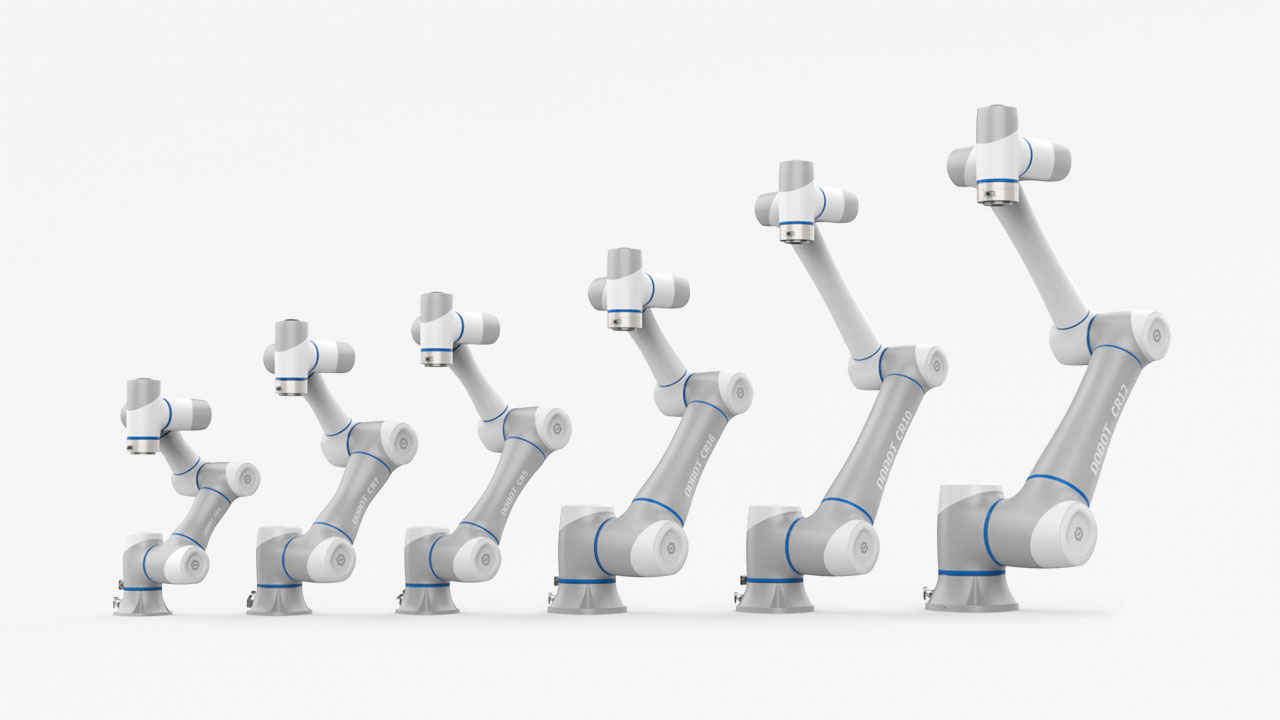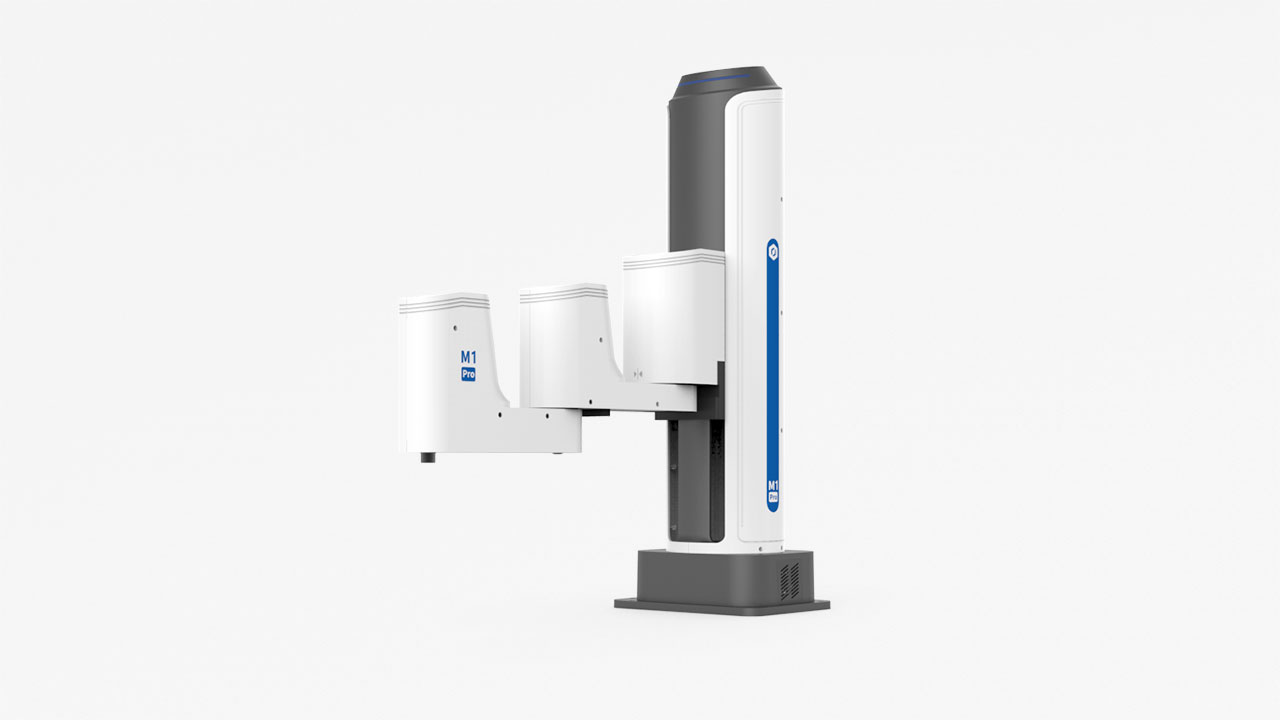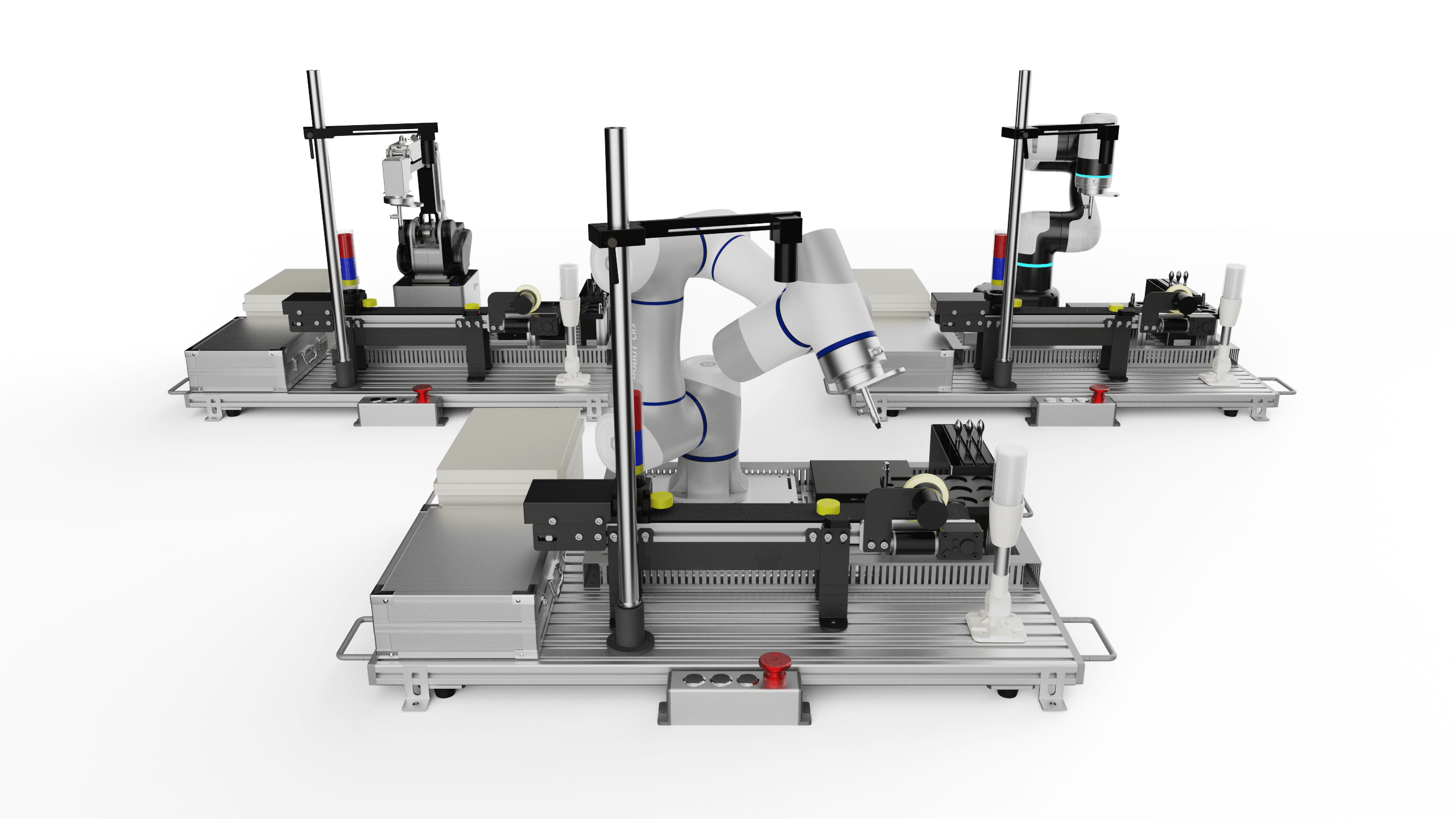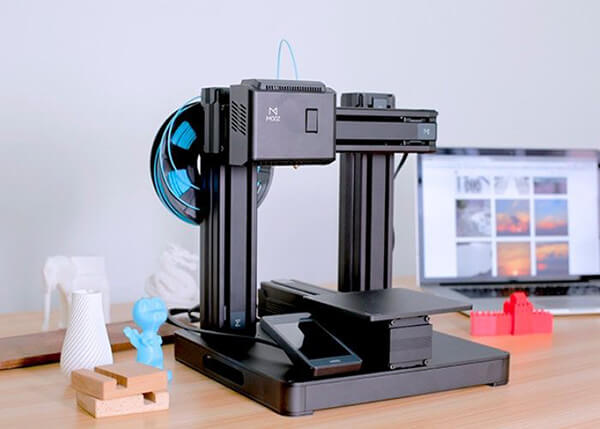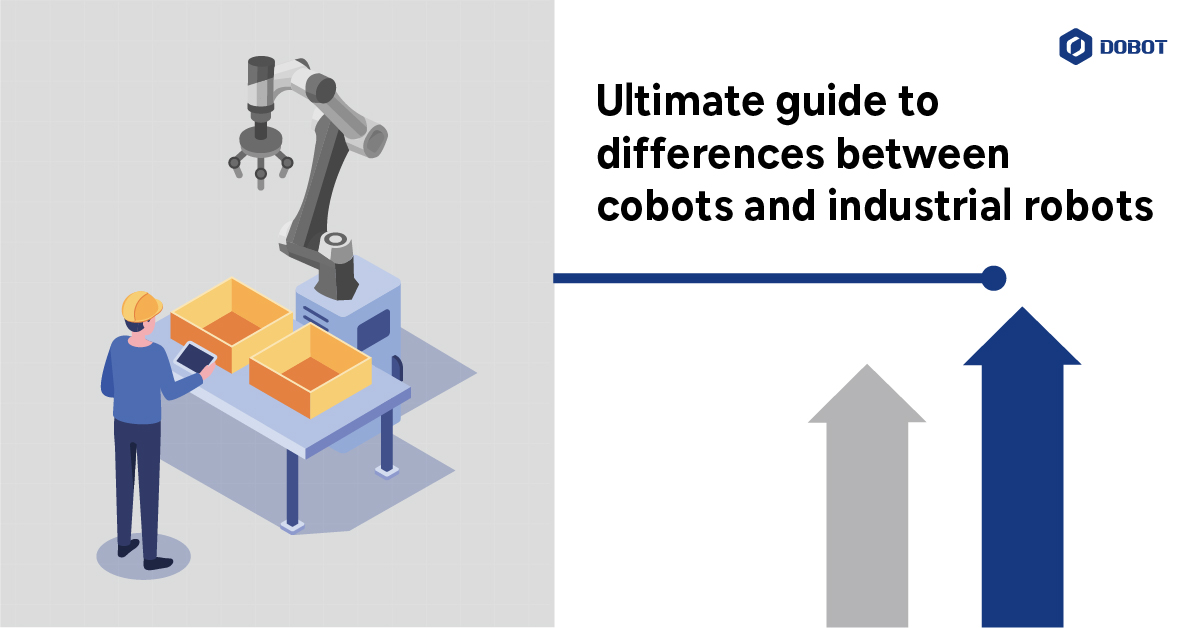
Automation is the key to success. That is why businesses constantly seek novel ways to automate their industrial processes. On the journey to automated manufacturing, it's crucial to highlight organizations' two options: applying collaborative robots or traditional industrial robots.
Let us dive deeper, analyze both terms, and identify key differences between cobots and industrial robots.
Cobots vs. Industrial Robot Global Market

According to Statista, the collaborative robot market is rising year by year. There is a global growth of cobots’ deployment by 18.5% from 2020 to 2021.
It is increased from 590.5 million U.S. dollars in 2020 to 700.1 million U.S. dollars in 2021. The cobot revenue tends to reach 1990 million U.S. dollars of revenue in 2030. With the years up to 2030, it is estimated that there will be a steady growth for collaborative robots worldwide.
Hence, deploying collaborative robots is a world-lasting trend that will lead to the growth potential of various businesses with rich industry choices.
As for the industrial robot market, we can notice that in 2020, 550.37 million U.S. dollars were raised from selling robots and 810 million U.S. dollars in 2021. According to the Statista forecasted indicators, the market for a traditional industrial robot will increase over the years, reaching up to 1650 million U.S. dollars of revenue by 2028.
As a cost of a traditional industrial robot is much higher than a collaborative robot, thus the global market revenue for conventional robots is higher respectively.
The data analysis shows us that there is a steady growth trend for both collaborative robotic arms and traditional industrial robots. The market for both types of innovations will increase in the future.
As we have already analyzed the market potential for both types of robotic arms, let us consider the main differences between cobots and industrial robots.

Critical Differences Between Cobots and Industrial Robots

Relation with humans:
One of the primary distinctions is a relation with humans. Cobots are developed to work alongside humans, while at the same time, industrial robots replace human employees in accomplishing identical tasks.
Size:
Usually, the size of industrial robots is significant, while collaborative robots are compact, ensuring ergonomic design. Industrial robots are usually deployed for heavy-weight production lines, where high-speed and high-volume are the basics of manufacturing. Cobots present lightweight production with high precision and quality.
Installation cost:
One of the critical differences between cobots and industrial robots is the cost of installing cobots. It is lower than traditional industrial robots. That is why many business organizations prefer to use cobots instead of conventional robotic arms with a higher ROI.
Cobots are easy to program. They are lightweight to be moved around the manufacturing area. Industrial robots are usually heavily designed for a specific manufacturing purpose.
Design:
Traditional industrial robots have a sophisticated design because of the specific focus on a manufacturing process, while cobots have a simple, compact design concept. The design feature saves space in multiple production scenarios with limited space.
Software programming:
Collaborative robots are easy to program by hand. An operator can manually interact with a cobot to demonstrate the desired tasks. A hand-held teaching pendant is one of them. Or there is a vast range of software to provide for implementing cobots. As for industrial robotics, there are many tools to offer for simple programming as well.
Safety:
The primary purpose of collaborative robots is to work alongside human workers and ensure the safety of operations during the production processes. The DOBOT SafeSkin is a feature of Dobot collaborative robots. It is designed with pre-collision sensing technology to ensure high production efficiency and provide collaborative robots with human-machine cooperation safety solutions, such as non-contact proximity perception and collision prevention.
Although industrial robots do not have the same safety feature, they also provide reliable and secure solutions. They need safety infrastructure to protect workers.
To Wrap Up

While wrapping up the major differences between cobots and industrial robots, it is obvious that both of them are designed to enhance automation and increase manufacturing outcomes. Cobots are versatile and cost-effective. In comparison to industrial robots, they can help businesses achieve their production goals quickly. Traditional industrial robots can provide expertise in more extensive manufacturing processes that respond to a fast-changing reality.
Boost automation with Dobot’s collaborative robots and increase manufacturing efficiency with us.
